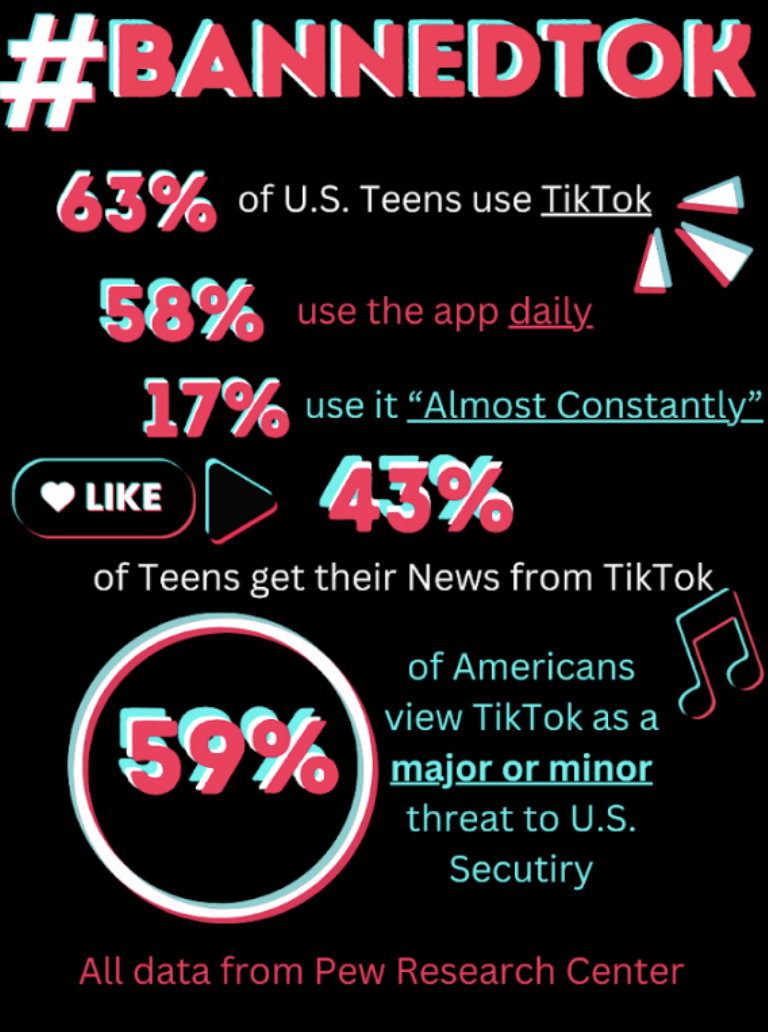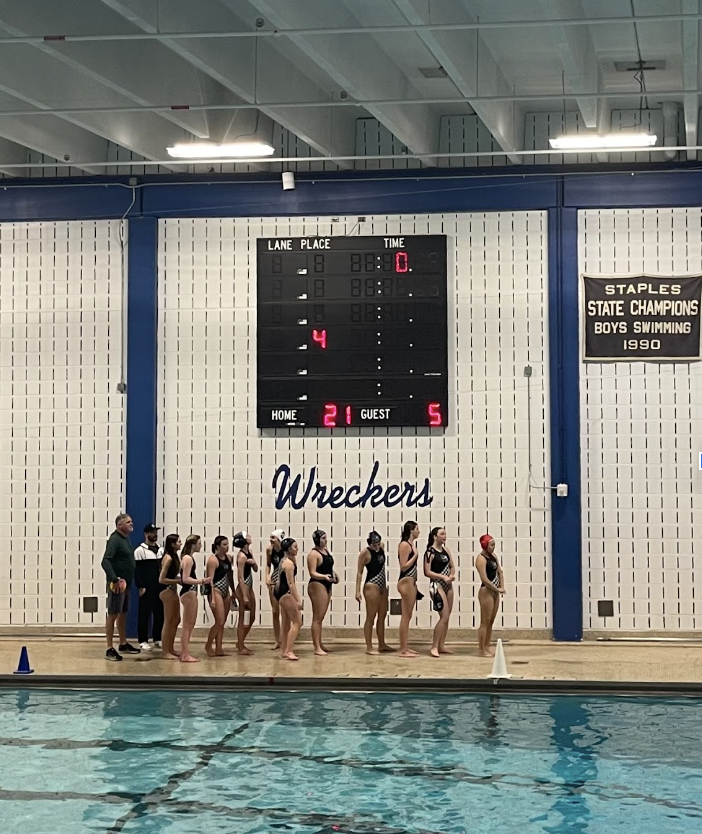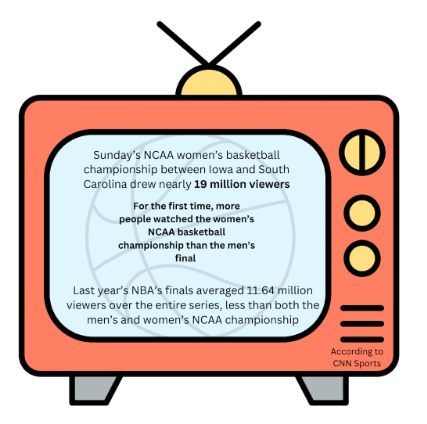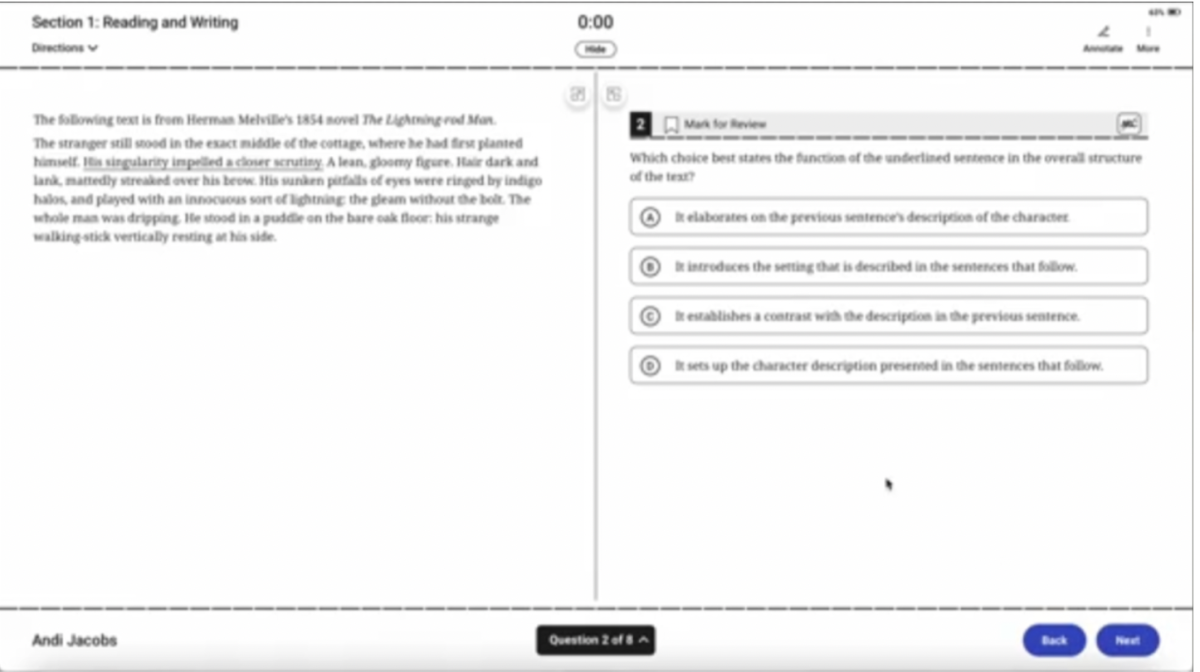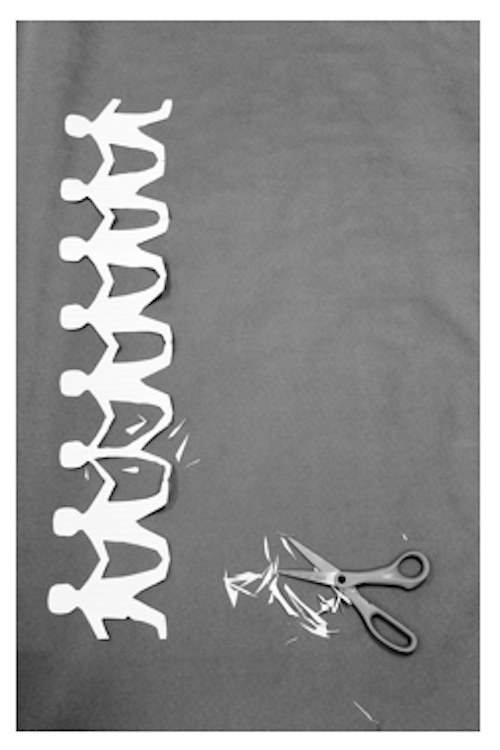I’m not telling you my story to scare you, to sadden you or to make you feel sympathetic. That’s the very last thing I want.
I’m telling you my story because I want you to realize the severity of this physical, mental and emotional illness that ruins the course of one’s life. I’m telling you this story so you become aware of how detrimental this disorder is, and just how wrong the stereotypes are.
I was wasting away, slowly and painfully, and I was aware of it. But I couldn’t stop myself. Like an alcoholic can’t stop drinking, like a smoker can’t stop smoking, I couldn’t stop starving. My anorexia nervosa was an addiction, an addiction that manifested my body, my soul and my life.
I was diagnosed with anorexia nervosa when I was 13, and spent the next three years in the hospital. Three whole years of my life—gone, dedicated to excessive-calorie counting, obsessing about my exterior and enduring pure misery.
I could write a full-length novel describing all of my various war stories. I could write about the time I had a PICC line wired through my main artery and inserted through my heart, or when my hospital roommate had a heart attack right in front of my eyes.
But the most traumatizing memory was the first time I experienced what treatment would be like. I was sent to my first hospital on Long Island on my little sister’s tenth birthday. I was deteriorating before my family’s eyes and I could no longer help myself.
I got to the ER, scared out of my mind, and the doctors restricted me to a bed. They fished around my dehydrated veins until they found a port for the calorie-filled IV and stuck a heart monitor on my chest (from which I still have scars). They sentenced me to permanent bed rest, not even allowed to get up to use the bathroom.
I would gain more privileges if I ate, they said, but I was too scared. I hadn’t eaten a morsel of food in weeks; I didn’t want to give in now. I had come too far, right?
But when my heart rate dropped to 30 BPM, they decided to drop a feeding tube down my throat. The tube went up my nose and down the back of my throat into my stomach, pumping me up with the thing I was most afraid of. I felt hopeless, like this tube was going to ruin my identity—so I pulled it out. My hospital blanket was drenched with blood, tears and liquefied calories when the appalled doctors found me in my room.
Needless to say, I left that hospital and went on to visit 13 more. Those hospitals were the best and worst things that ever happened to me. I met a lot of inspirational people and a lot of crazy people, many of whom are no longer with us.
But I’m so proud to say that I have finally beat it (three years of treatment later), and have come out on the other side.
And I don’t regret anything I’ve been through.
While anorexia nervosa used to be all there was to me, it’s now become just one part of me—a part of me that I have enough pride and control over to share with all of you.
Eating disorders have the highest mortality rate of any mental illness—20 percent of those who suffer from anorexia die. These fast-spreading epidemics of anorexia nervosa, bulimia nervosa, binge-eating disorder and EDNOS (an abbreviation for “eating disorder not otherwise specified”) don’t discriminate against any population, considering an estimated 7,000,000 girls and 1,000,000 boys are struggling in America.
I’ve witnessed football-playing jocks with anorexia, six-year-old girls with bulimia and visibly obese girls suffering with just as severe anorexia as the 60-pound fashion model.
No matter who the victim is, eating disorders have become rampant in society and they need to be discussed.
Everyone knows someone.


